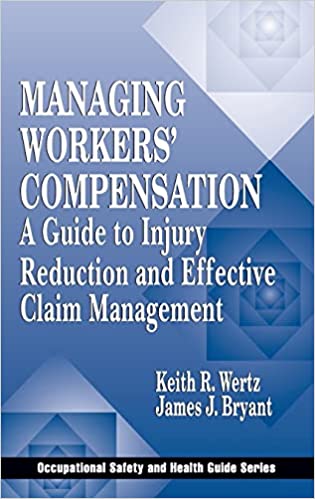Description
Managing Workers’ Compensation: A Guide to Injury Reduction and Effective Claim Management
[PDF eBook eTextbook]
- Publisher: CRC Press; 1st edition (December 7, 2000)
- Language: English
- 312 pages
- ISBN-10: 1566703484
- ISBN-13: 978-1566703482
Workers’ compensation causes headaches throughout all levels of an organization. Injuries affect production, costs, and morale. Managing Workers’ Compensation: A Guide to Injury Reduction and Effective Claim Management lays out – in logical order – management and safety procedures that reduce injuries and the aggravation that follows. The authors cover hiring, training, and managing employees with injury avoidance in mind. They provide a blueprint for dealing with injured employees and their families, and for determining the correct time for the employee to return to work.
The book discusses the all-important issues of fraud, modified duty, substance abuse testing and accident investigations. It also provides guidance for managing your organization’s safety efforts in a manner that targets workers’ compensation cost control as one of its major objectives. In addition to comprehensive coverage of workers’ compensation, the book gives you a thorough explanation of additional sources of assistance, including the availability and utility of Internet safety resources, a complete listing of state workers’ compensation agencies, and sample checklists that help you evaluate your workplace.
Although workers’ compensation laws vary from state-to-state, the principles behind the system and the ability of employers to influence their own premiums remain consistent. By gaining a thorough understanding of these principles and implementing proven cost control strategies, you can realize substantial savings. Managing Workers’ Compensation: A Guide to Injury Reduction and Effective Claim Management explains the process by which premiums are calculated and shows how you can impact – favorably – the amount your organization pays in premiums.
What makes us different?
• Instant Download
• Always Competitive Pricing
• 100% Privacy
• FREE Sample Available
• 24-7 LIVE Customer Support




